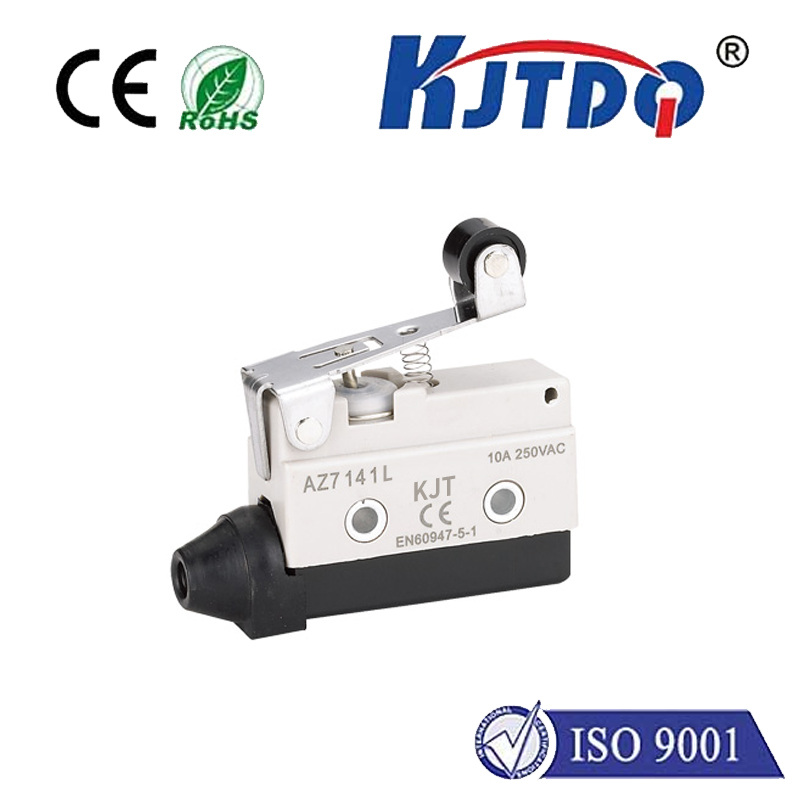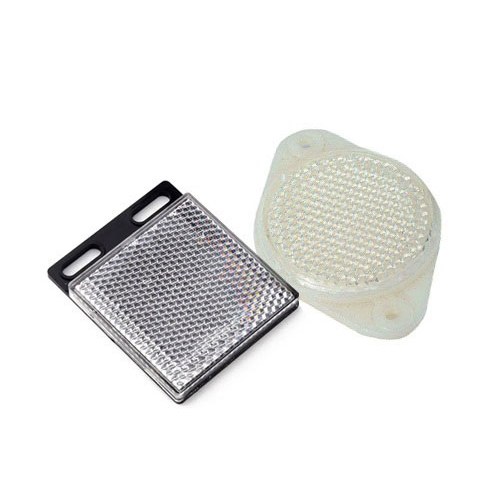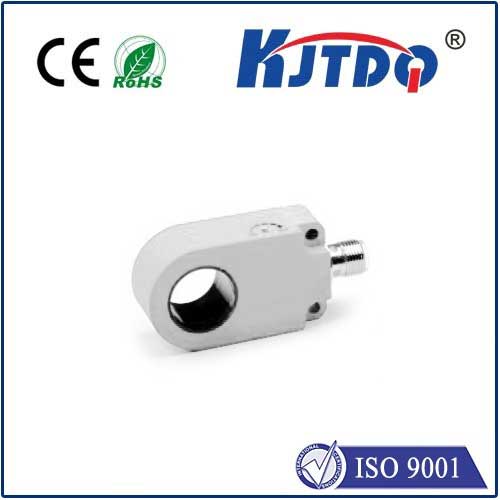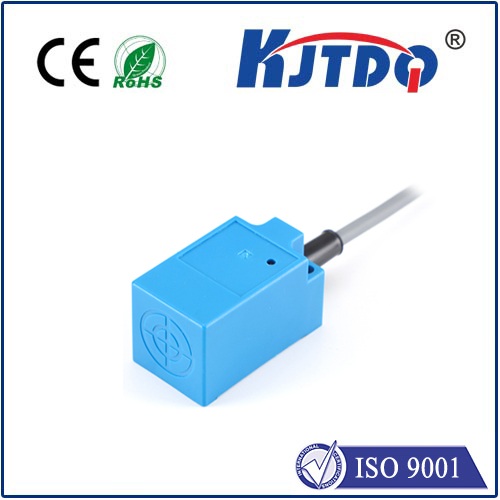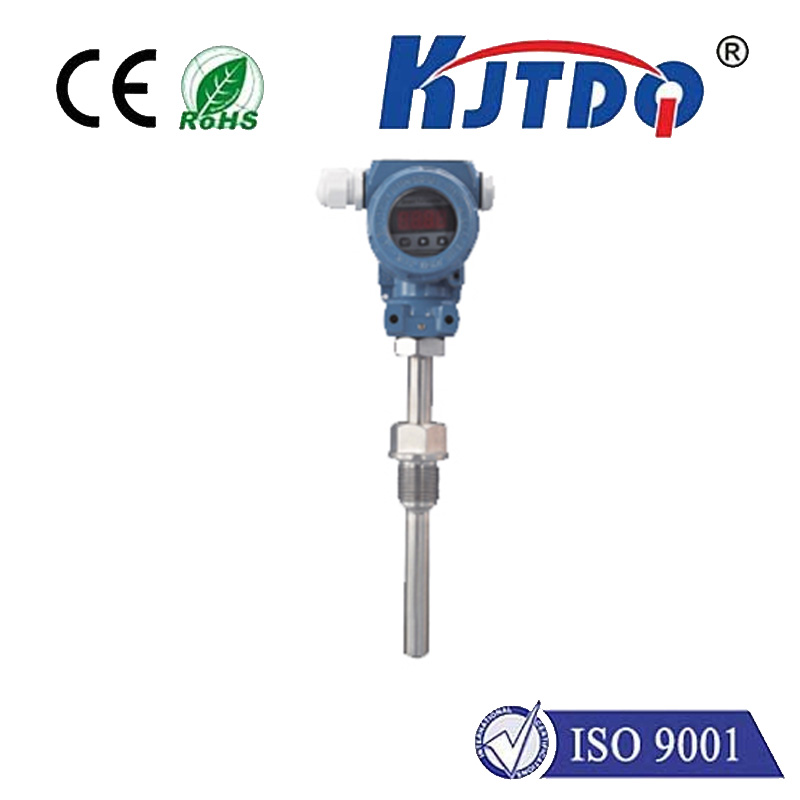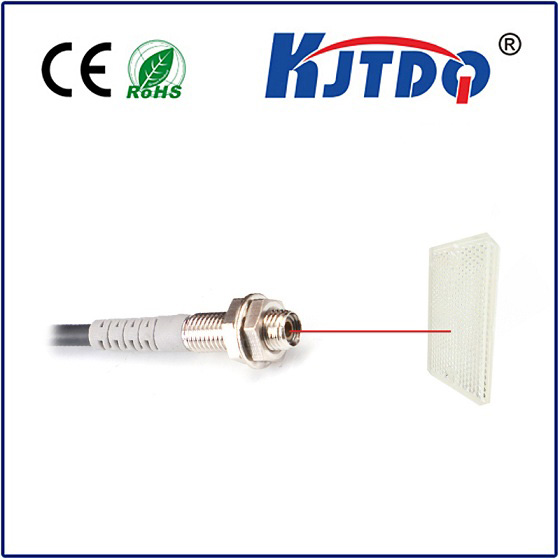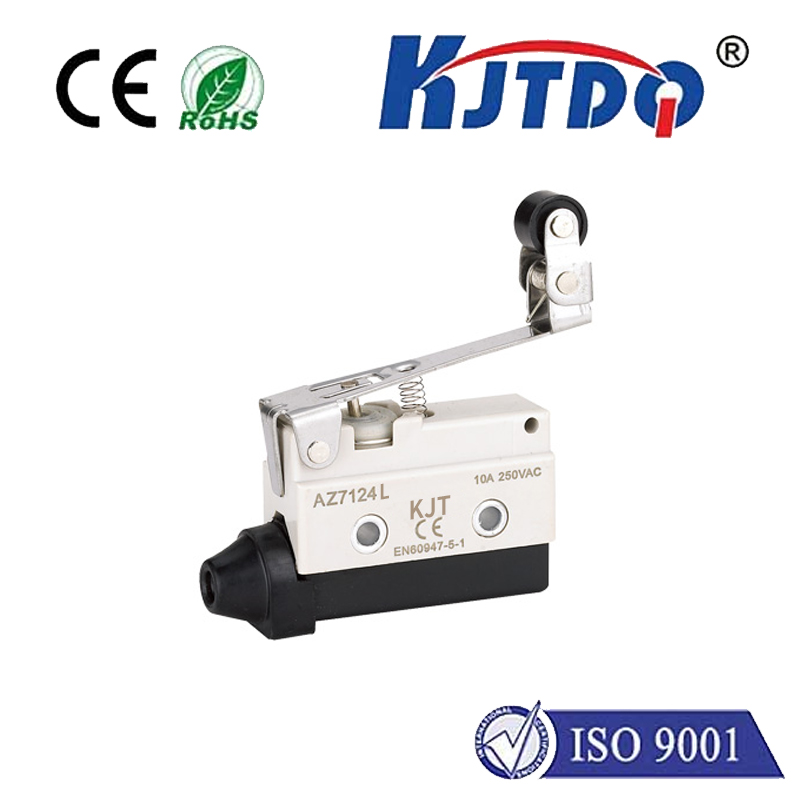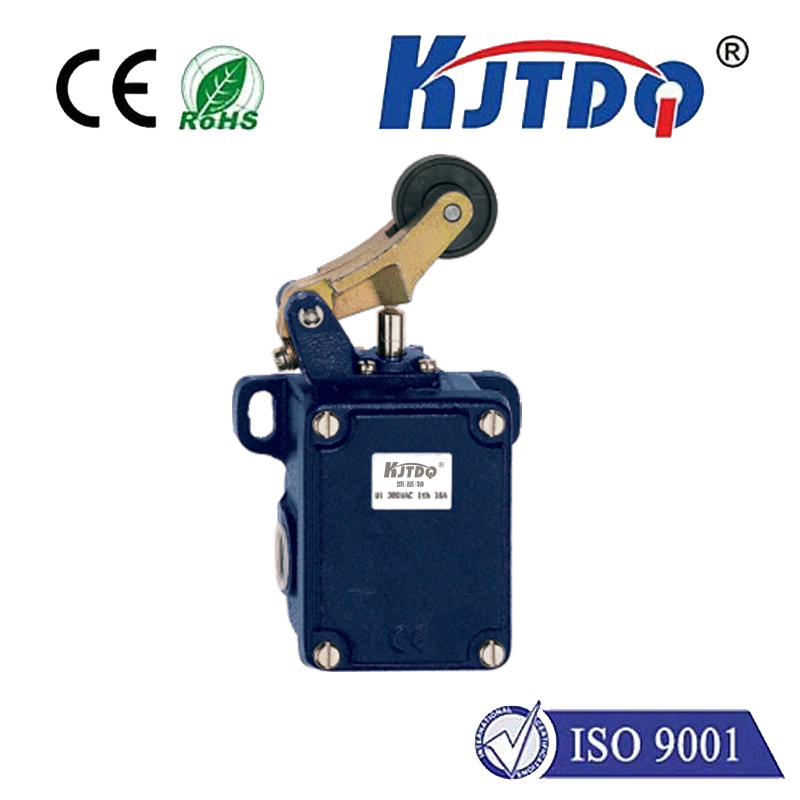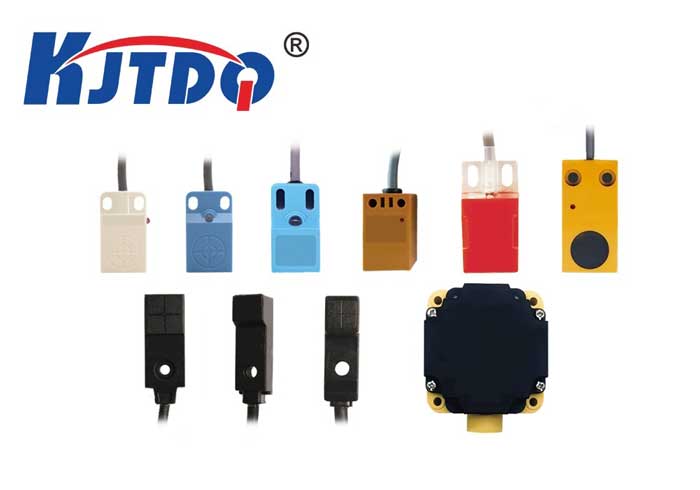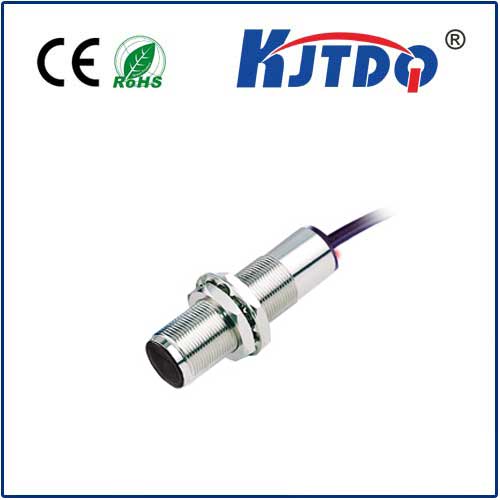BHS0026 high pressure proximity sensor
- time:2025-10-01 07:15:10
- Click:0
The Unsung Hero in Hostile Environments: Why the BHS0026 High Pressure Proximity Sensor is Essential
Imagine a critical component buried deep within a massive hydraulic press, subjected to crushing pressures and bathed in abrasive fluids. Or picture a vital valve deep inside a subsea oil pipeline, operating under crushing ocean depths. How do you monitor the position of these components without risking catastrophic failure? Standard sensors crumble under such demands. This is precisely where specialized solutions like the BHS0026 high pressure proximity sensor step into the spotlight, becoming an indispensable guardian of operational integrity. It represents not just a sensor, but a robust technological lifeline designed for scenarios where pressure isn’t just a factor; it’s the defining operational condition.
Understanding the Challenge: Why High Pressure Demands Specialized Sensors
Operating machinery in high-pressure environments – think hydraulics, oil & gas, deep-sea equipment, chemical processing, or heavy industrial presses – presents unique challenges. Conventional inductive proximity sensors, while reliable in standard conditions, face significant hurdles:
- Physical Deformation: Extreme pressures can physically distort sensor housings, damage internal components, or compromise sealing integrity. A failure here isn’t just inconvenient; it can lead to leaks, contamination, or system shutdowns.
- Seal Failure: The seals preventing media ingress (oil, water, chemicals) are under constant, immense stress. A compromised seal means immediate sensor failure and potential ingress into sensitive systems.
- Electrical Integrity: Pressure can affect electrical connections and internal circuitry, leading to signal drift, malfunction, or complete failure.
- Sensing Accuracy: Changes in the gap between the sensor and the target due to pressure-induced flex can impact detection reliability.
Enter the BHS0026: Engineered Resilience for Peak Pressure Performance

The BHS0026 high pressure proximity sensor is specifically engineered to overcome these formidable obstacles. It’s not merely rated for high pressure; its design philosophy revolves around thriving within it. Here’s what sets it apart:
- Exceptional Pressure Rating: The defining feature. The BHS0026 is built to withstand pressures significantly higher than standard industrial sensors, often rated in the hundreds or even thousands of bar. This robust construction allows it to function reliably at the very heart of high-pressure systems without deformation or failure.
- Uncompromising Sealing Technology: Employing advanced sealing techniques and materials (like specialized O-rings and robust housing designs), the BHS0026 effectively isolates its sensitive internal electronics from the hostile pressurized environment. This is critical for long-term reliability and preventing contamination.
- Ruggedized Construction: Typically featuring a robust metallic housing (often stainless steel), the sensor body is hardened against physical stress and corrosion. This durability ensures it survives not just pressure, but also vibration, shock, and exposure to harsh fluids encountered in applications like chemical processing or offshore platforms.
- Reliable Inductive Sensing: Utilizing ruggedized inductive technology, the BHS0026 proximity sensor provides non-contact detection of metallic targets. Its immunity to dust, oil, and other non-metallic contaminants makes it ideal for dirty industrial environments – a common companion to high-pressure scenarios.
- Consistent Performance: Engineered to maintain stable switching characteristics even under significant pressure loads, ensuring accurate and repeatable target detection when it matters most. This reliability is the bedrock of safe and efficient high-pressure operations.
- Versatile Mounting & Outputs: Designed for integration flexibility, it often features standard industrial mounting threads and offers various output configurations (like PNP/NPN, NO/NC, or analog) to suit diverse control system requirements.
Where the BHS0026 High Pressure Proximity Sensor Truly Shines (Applications):
This sensor isn’t for the faint of heart; it’s deployed where operational demands are extreme:
- Hydraulic Systems: Monitoring cylinder positions, valve spools, or pressure relief mechanisms within high-pressure hydraulic power units and machinery.
- Oil & Gas (Upstream & Downstream): Detecting valve positions in Christmas trees, subsea control modules, drilling equipment, and pipeline systems operating under immense wellhead or seabed pressures.
- Industrial Presses & Forging: Position sensing on press rams, die clamps, and ejectors within stamping, forging, and molding machines generating colossal forces.
- Waterjet Cutting: Monitoring critical components like intensifier pistons or valves within ultra-high pressure waterjet systems.
- Chemical & Petrochemical Processing: Detecting valve states, agitator positions, or safety interlocks in reactors and pipelines handling pressurized, often corrosive, media.
- Test Benches & Pressure Vessels: Verifying component position during high-pressure testing scenarios or monitoring internal mechanisms of pressure vessels.
- Power Generation: Applications within high-pressure hydraulic control systems of turbines or boiler feed pumps.
The Tangible Benefits: More Than Just Pressure Resistance
Choosing a purpose-built sensor like the BHS0026 high pressure proximity sensor delivers significant operational advantages:
- Enhanced Reliability & Uptime: Its robust design drastically reduces failures caused by pressure stress, seal degradation, or environmental factors. This translates directly to minimized unplanned downtime – a critical cost factor in heavy industry.
- Improved Safety: Reliable component monitoring in high-pressure systems is paramount for preventing dangerous leaks, blowouts, or equipment malfunctions. The BHS0026 contributes to safer operating environments by delivering dependable signals.
- Reduced Maintenance Costs: Longer service life compared to sensors operating beyond their ratings means fewer replacements, less labor, and lower spare parts inventory.
- Optimized Process Control: Accurate and consistent position feedback ensures complex machinery operates precisely as intended, maintaining efficiency and product quality within demanding high-pressure cycles.
- Intrinsically Safe Options: For hazardous environments (Zones 0/1/2 in explosive atmospheres), versions of the BHS0026 proximity sensor are often available with intrinsically safe certifications, adding a vital layer of safety compliance.
Selecting the Right BHS0026: Crucial Considerations
Not all high-pressure applications are identical. When specifying the BHS0026 high pressure proximity sensor, ensure you account for:
- Maximum Operating Pressure: The absolute peak pressure the sensor must withstand continuously.
- Media Compatibility: The fluid or gas it will be exposed to (oil, water, seawater, chemicals) to confirm housing and seal material suitability.
- Temperature Range: Both ambient and process fluid temperatures affect performance and sealing.
- Electrical Requirements: Supply voltage, output type (PNP/NPN, NO/NC, analog), and connection type (cable, connector).
- Sensing Distance & Target Material: Standard inductive sensors detect ferrous metals best; specific variants might be needed for non-ferrous targets.
- Hazardous Area Requirements: If applicable, ensure the specific model carries the necessary ATEX, IECEx, or other regional certifications.
The Critical Investment for Extreme Environments
In the relentless world of high-pressure industrial operations, component reliability is non-negotiable. Sensors operating beyond their design limits become liabilities rather than assets. The BHS0026 high pressure proximity sensor stands as a testament to engineering resilience. It provides a dependable, non-contact sensing solution precisely where standard components falter. By integrating a sensor explicitly built to thrive under crushing loads and harsh conditions, engineers and operators gain peace of mind, enhance safety, boost productivity, and ultimately protect their most critical assets. When the pressure is on, the BHS0026 proximity sensor is designed to deliver, reliably and consistently.






